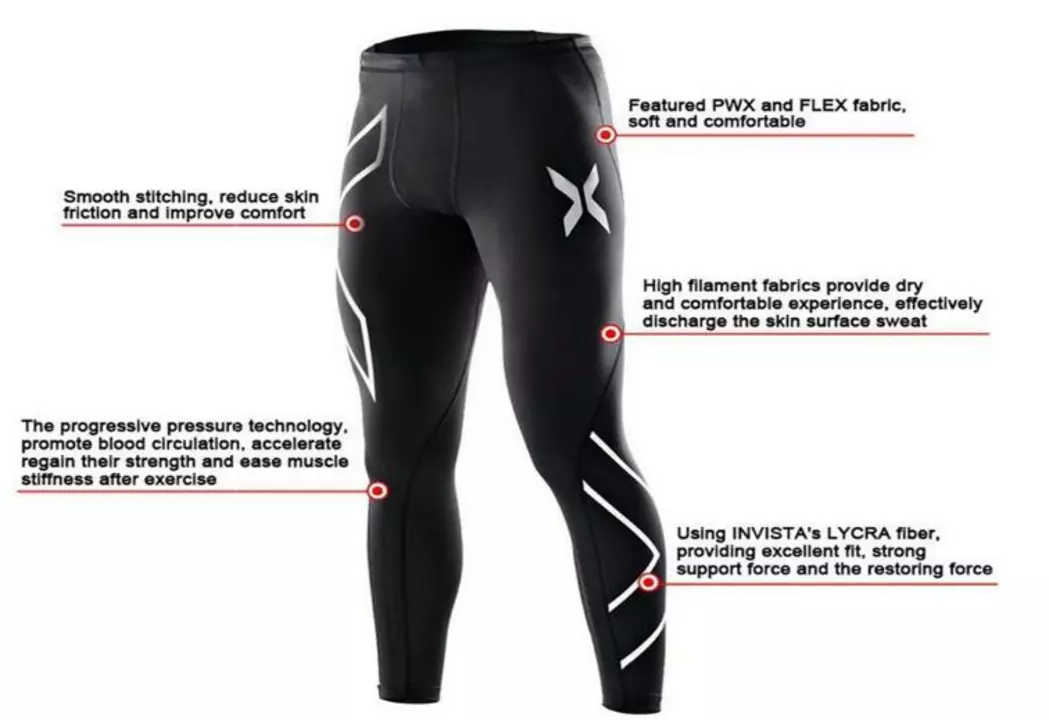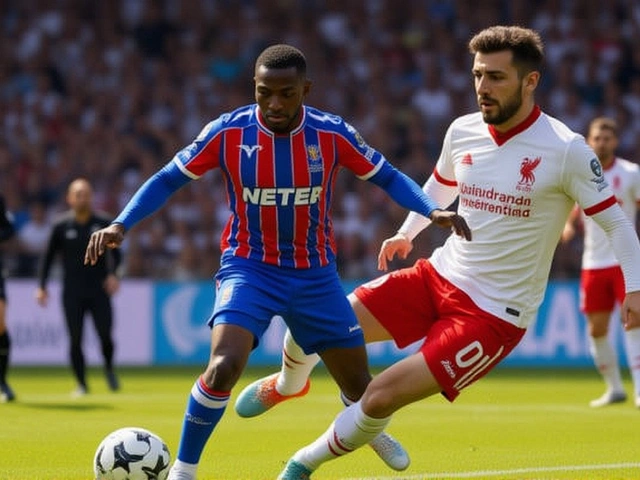Cycling Gear and Apparel Guide for UK Riders
Thinking about upgrading your bike kit? Whether you’re chasing a weekend ride or training for a race, the right gear makes the difference. In this guide we cover the basics: shoes, clothing, and accessories that keep you comfortable, safe, and fast on British roads and trails.
First off, let’s talk shoes. A snug fit is key – you want the foot locked in without cutting off circulation. When you slip your foot in, there should be just a fingertip of wiggle room at the toes. If the heel lifts while you pedal, the shoe is too loose and you’ll lose power. Try the “heel lift test”: pedal for a minute and notice if your heel slides up. If it does, tighten the straps or consider a different size.
Choosing the Right Cycling Shoes
Most UK riders pick between road, mountain, and commuting shoes. Road shoes have stiff soles for efficient power transfer, while mountain shoes offer more grip and a walkable feel. Look for a breathable upper and a secure closure system – Velcro, BOA dials, or lace‑up options all work, but BOA gives the quickest micro‑adjustments on the go.
Don’t forget cleats. If you’re new to clipless pedals, start with a dual‑release cleat that lets you pop out easily. Practice in a safe area until the motion feels natural. The right cleat‑pedal combo reduces ankle strain and speeds up your cadence.
Essential Apparel for Comfort and Performance
Clothing is more than a fashion statement; it’s about temperature control and aerodynamics. In the UK’s variable weather, a layered system works best. Start with a moisture‑wicking base layer that keeps sweat off your skin. Add a breathable jacket for windy days – look for zip vents that open when you need extra airflow.
Choosing the correct fit matters. A jersey that’s too baggy flaps in the wind, while one that’s too tight restricts movement. Aim for a relaxed, athletic cut that hugs the torso without pinching. Shorts with a good chamois can prevent saddle soreness on longer rides. Test them on a short ride before committing to a full‑length distance.Don’t overlook accessories. Gloves protect your hands in a fall and improve grip when you’re sweating. Socks made from synthetic fibers dry faster than cotton, keeping your feet comfortable. A lightweight helmet that meets safety standards is non‑negotiable – it’s the most crucial piece of gear you’ll wear.
When you’re ready to buy, compare prices at local bike shops and online stores. Many UK retailers offer seasonal sales, so you can snag premium gear without breaking the bank. Finally, keep your kit clean. A quick rinse after a muddy ride and occasional laundering extend the life of your apparel and maintain its performance.
With the right shoes, clothing, and accessories, you’ll feel more confident on every ride. Experiment with different combos, listen to how your body reacts, and adjust as the weather changes. Your bike kit is an evolving toolbox – keep it tuned, and the road (or trail) will reward you.



